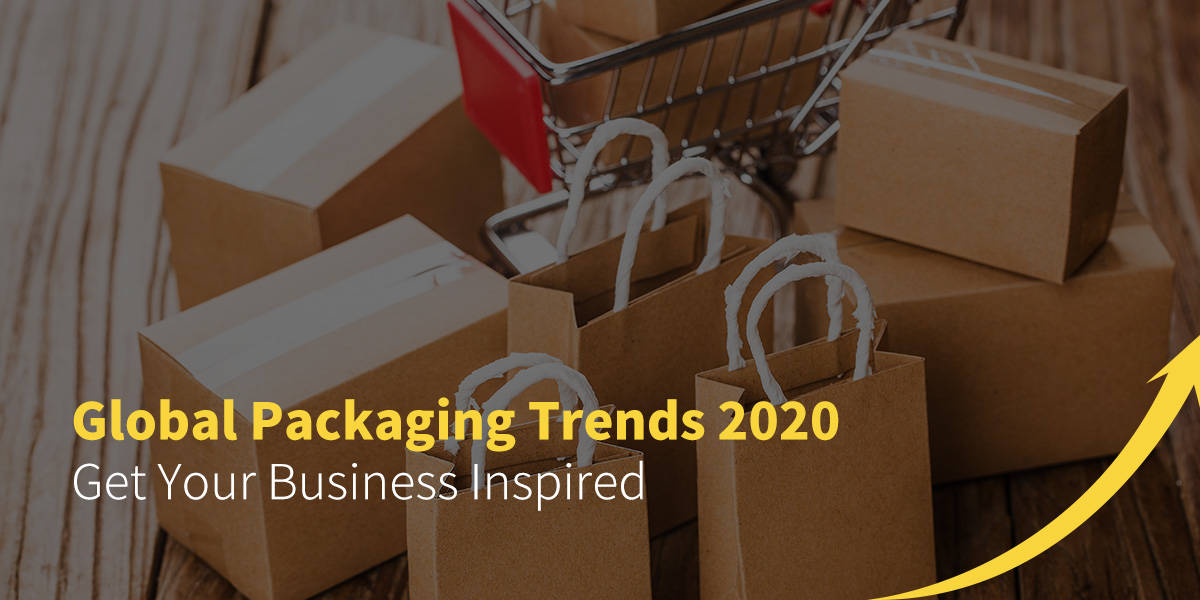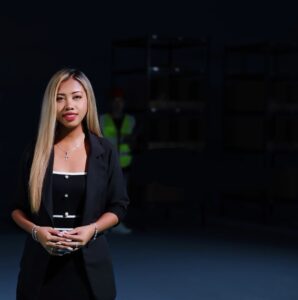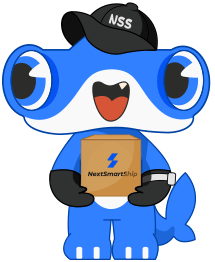The packaging is the first product attribute that customers encounter. The way a product’s exterior packaging looks and feels offers the most valuable portrayal of your company; it’s branding, and the product itself. That’s why it is crucial to ensure it has a suitable design that not only preserves, protects and promotes the product but also appeals to your target audience. Here are the most popular packaging trends in 2022.

Digital printing
Digital printing is a process that occurs without contact. Unlike flexo and offset printing, the technology doesn’t need separate plates for each print job. All colours are transferred onto the print material in a single pass, a process that achieves significant cost reductions and time savings.
Digital printing offers packagers the ability to customize their merchandise to a degree previously thought unattainable. Though most packaging service providers have already made the switch from mechanical printing to digital printing, it has taken time to repurpose their machinery, so the trend is yet to be fully adopted.
That said, it is still immensely popular – there are only a few companies that haven’t implemented it in at least some form. The process is particularly suitable for small and medium print exercises in multiple formats. Its low start-up cost makes it a better alternative to other printing processes. You also don’t have to prepare consolidated orders or keep large amounts of stock.
Customized packaging
Custom packaging involves the use of packaging materials specifically designed to suit or compliment the product. It abandons the use of pre-made boxes, bottles, etc. to create unique exterior packages that enhance the user experience. This trend has gained momentum in the past couple of years due, in part, to technological advances in digital printing, and it will have a significant effect on the industry this year (2022).
Several prominent brands have implemented custom packaging and attained a remarkable return in investment. In fact, the tactic is so successful that 70% of the marketing industry believes that customization has a significant effect on its consumers. Do keep it in mind that with this strategy, there’s a general-purpose packaging solution. But that’s what makes it so appealing to customers.
Custom packaging allows your brand to boldly promote its identity and stand out from the crowd. It also tells the brand’s story. People respond to personal stories and two-way interactions better than they do abstract one-sided marketing campaigns. So whenever a brand uses packaging that taps into these aspects, customers find it irresistible.
Clean labeling and transparency
Today’s consumers have access to a prodigious amount of information covering almost every conceivable topic. They are increasingly using this knowledge to evaluate what they buy, and guess what interests them most? Manufacturing ingredients and packaging methods.
Clean labels and transparent packaging are all about honesty and trustworthiness. Research shows that consumers are extremely likely to choose a product in transparent packaging over another that isn’t. This is mostly because the item can be seen, and an opaque material doesn’t obscure it. Transparent packaging tells customers that a brand is candid about what its product contains. Clean labels imply the product is safe and doesn’t contain any harmful elements.
Companies are leveraging the cleanness and transparency trend by adding smart tags to their exterior packaging. A code on the label opens a web page with facts about how clean a particular product is. Consumer demand for openness will continue to grow in 2022, and it will continue to be reflected in their preference for packaging that clearly shows products are made from non-toxic ingredients.
Lively colours and hues or tones
Arguing that customers do not respond to packaging that has unique colours and designs would prove to be quite tricky. Studies have shown that human beings derive 80% of their awareness from sight. Bold colour schemes like bright yellows and neons quickly attract attention, and so do printing effects like reflective surfaces and metallic finishes. Exclusive typography and unique designs further improve the appeal of such packaging by conveying light-heartedness and enhancing the unboxing experience.
A significant micro-trend within this movement is the use of gradients or colour hues. From packaging to logo design, brands are using gradients to attract attention. They achieve complexity without the drawback of busyness, and this makes them very dynamic.
Flexible packaging
Flexible packaging is growing exceedingly popular, and with good reason. It is re-sealable, conveniently shaped, lightweight, and less damaging to the environment than most alternatives. It currently accounts for nearly 20% of the total packaging market, a figure expected to grow until 2023 at a compound annual growth rate of almost 4%.
Advances in technology have also driven its adoption. Previously, flexible packaging material could only be made from polyvinyl chloride, a substance that wasn’t bio-degradable. Currently, most bendable packaging is made from polyethene, polypropylene and terephthalate. These materials are remarkably reliable during use and can be broken down by the environment.
Recycled packaging materials
Recycling is a product of the “reduce, reuse, and recycle” policy first implemented in the United States over a generation ago. The system created a closed-loop economy that has remained relevant to this day. Recycled packaging materials are now part of worldwide efforts to ensure sustainability. For years, most packaging wastes were dumped into landfills, or disposed of using methods just as harmful to the environment. The effects have been devastating, and consumers would prefer to support the companies that are doing something about it.
Most e-commerce companies have picked on to this, and are fighting to maintain consumer trust through tighter regulation and plastic-free packaging. Amazon, for example, now requires its associates to comply with sustainable packaging standards or suffer a 1.99$ penalty for each package. Other brands, like McDonald’s, have resorted to paper packaging that is FSC compliant.
Eco-friendly packaging
A significant number of brands are turning to sustainable packaging materials made from ecofriendly materials such as hemp or paper. Others have shifted to focus on reducing the amount of outer and inner packaging used for each product. This reduces overall weight and shipping cost and tells customers the manufacturers care about the environment.
Today’s consumers are fully aware of the effect manufacturing has on the environment, and they take deliberate action to reduce their environmental footprint. The packaging industry has recognized and responded to customer sentiment through eco-friendly packaging materials such as the zipper carton box. Unlike traditional boxes, it works without adhesive tape, so it’s cheaper and easier to recycle.
Ecommerce packaging
Ecommerce is set to grow as consumers turn more to online shopping. It’s estimated that the market, currently valued at 35billion, will expand to about 55billion by 2022. Accordingly, e-commerce packaging has gained prominence and relevance. First impressions matter. Because they buy products online, the first physical interaction customers have with a particular brand is the package that’s delivered to them.
This presents a unique opportunity for manufacturers to make a lasting impression and build customer loyalty. While broken or low-quality packaging would convey a negative message, premium packaging will have a positive impact on customers.
Trends are always subject to changing preferences, but the customer’s underlying desire for compelling and sustainable design will forever remain. Good design is profitable. By ensuring your packaging appeals to your prospects and current customers, you’ll gain more sales, leads, and enhance the reputation of your business.
eCommerce Order Fulfillment 101
22 page ecommerce fulfillment ebook about global eCommerce market and order fulfillment. These Insights will definitely help online sellers
Download the guide


